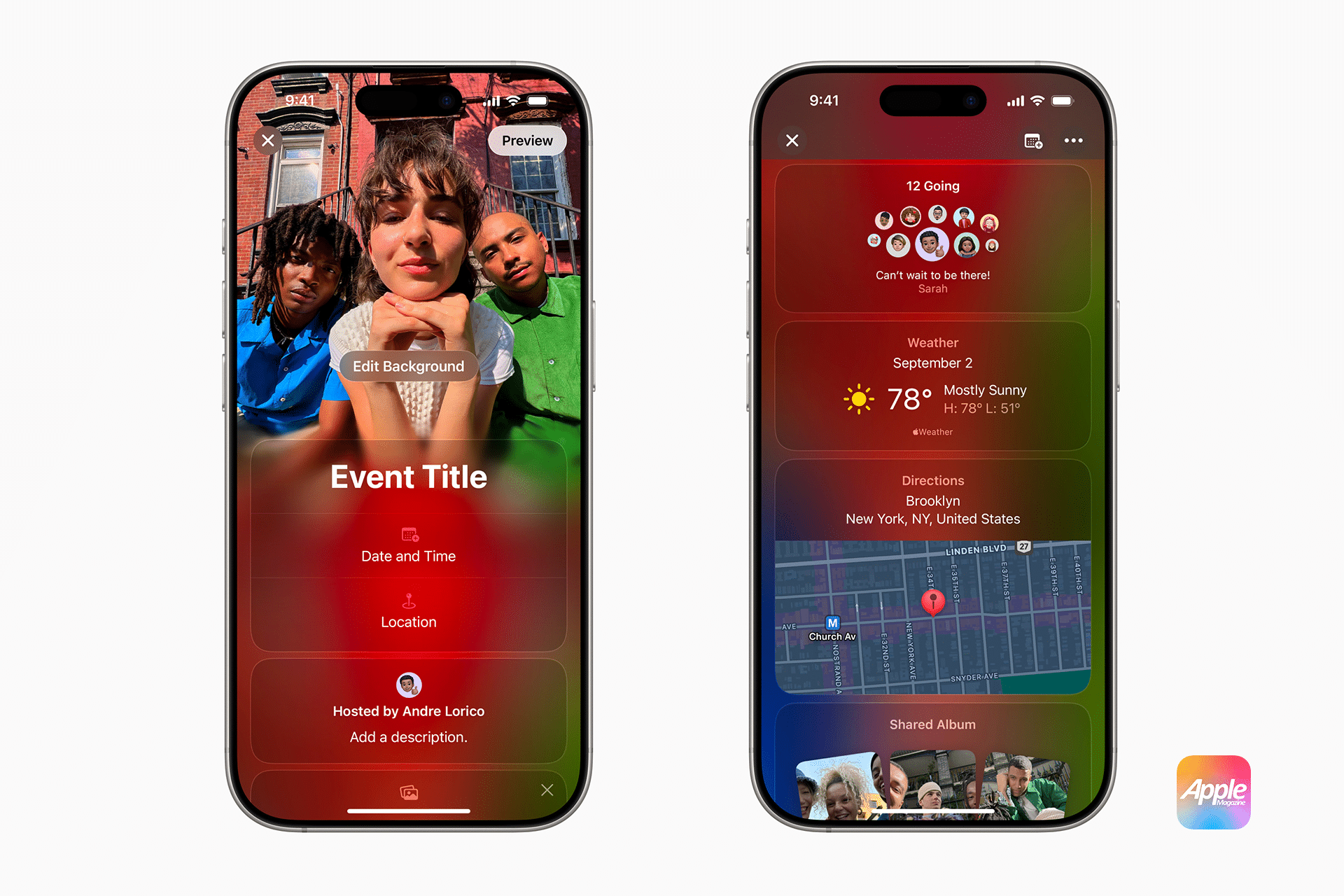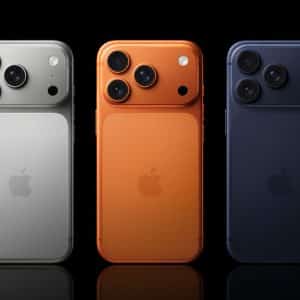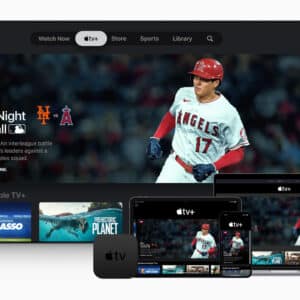Most dating apps all look and feel the same. You swipe, maybe match, maybe talk. The core mechanic really hasn’t changed much since the time of Tinder’s App Store debut over a decade ago.
However, with the development of Apple’s ecosystem, one now can make the experience of their dating app more visible, personal, and emotional. When you have features like haptics, Face ID, and location services as part of the basic functionality of the app without any additional actions required, you can say that the app is already a “smart” one, without doing anything extra.
That is how the next generation of dating app features is supposed to be. Not swiping but connecting.
Haptics: When Touch Becomes Emotion
It is frequently the case that one doesn’t realize haptics are there as long as they are executed properly, still, one is able to sense them. Apple’s Taptic Engine can deliver precise, discrete vibrations that are capable of simulating physical contact. It is usually a touch that is the biggest reason for users to be even closer to a certain app.
Having this feature in a dating app means that there can be an infinite number of ways to express emotions with the help of haptics:
- A light touch when a person’s profile is liked or a match is made (more than one person can be involved, in this case, two accounts become a match).
- A short vibration that indicates a new message.
- A gentle, rhythmic pulsation that signals the wait for a response.
This sort of feedback via haptics can at least make it clear that there is somebody’s presence and that it is not just the app showing the data — it is a physical response to the interaction of users. This thing creates deeper emotional connections between the app and a person, and every touch feels significant.
Apple’s use of haptics extends beyond just alerts to feedback loops and emotional context, and that is what the company is leading us to. The haptic effects can be short, sweet, and even relaxing, given the right visuals. Carefully-used haptic feedback is not a barrier but a support, if we do it interactively.

Face ID: A Look That Decides
Face ID is not just secure and quick. It’s obvious that most users have gotten used to unlocking and signing in with Face ID every day. With Face ID in a dating app, a lot more is possible than simple logins.
Here’s how it helps:
- The users can access private messages or photos without any need to type their passwords.
- A more secure layer to the process of accessing sensitive data.
- Also, the user’s identity is verified, and this makes it really difficult for any other person to look into the matter.
The idea of attention-based personalization can also be considered. For example, the system can figure out if the user is actively watching the screen. Should it choose to darken the content while the user is not looking, or to change the themes based on time then and user engagement?
By disturbing the person as little as possible and making them feel welcome, Face ID is the necessary tool for dating apps where safety and comfort are the main concerns.

Location: Love Nearby
Data on location has always been a factor in different dating applications, but Apple’s Core Location framework allows you to do much more than just sort by proximity. As of right now, the power of Apple in iPhones can be seen in its use of GPS, Bluetooth, cell towers, and Wi-Fi, which leads to the user’s location being highly accurately determined for the first time. With that level of accuracy, your application can provide the user with more suitable and up-to-date suggestions.
Some real examples:
- Notifying users of the potential of a nearby walk to find other users with similar interests.
- Suggest that users find a point that is fair for both sides and halfway between themselves.
- Notify users when someone they’ve matched with is nearby.
- Using real-time data from Apple Weather and Maps to plan dates.
People, in general, find it difficult to shift from the chatting stage to the meeting stage. If your app pushes users by showing them the nearest coffee shops or the ideal time to go to a restaurant based on the weather, you are effectively creating an environment of intention and action. Always give the users the power and the heads up when it comes to their location data. Also, always ensure that the information is going to be used wisely, transparently, and with the users’ agreement. Thus, location functions can act as information carriers across the virtual and actual worlds when handled properly. Consequently, modern dating apps look unique in the dating market zone.

Integration: UX That Speaks Body and Space
What happens when you bring haptics, Face ID, and location together? You create a dating app that doesn’t just react but adapts.
Here’s a simple user flow that shows how integration can work:
- A user receives a match. The app delivers a quick, subtle haptic tap.
- They unlock the app using Face ID, no typing is required.
- The match is nearby. The app suggests three local places to meet, with a weather check built-in.
- A few hours later, the app notices both users are at the same venue. A low-key vibration alerts them when they’re within 50 feet.
This creates a full-circle experience. The app becomes part of the real interaction, not just a messaging tool. You’re creating emotional cues, practical support, and private security — all in the background.
Most apps still feel transactional. This kind of design makes them feel alive.

Smart Love Starts with Smarter Interfaces
The iPhone isn’t just a touchscreen anymore. It’s a sensor-rich device that can pick up on presence, movement, attention, and mood. If you’re building a dating app in 2025, ignoring these features is a missed opportunity.
If you’re planning your app’s next version, or you’re launching something new, ask yourself what your users really want. Not just more features, but better ones.
Start with these tools. Focus on the experience. And if you need help pulling it all together, this is exactly what modern dating app features should be built around.









